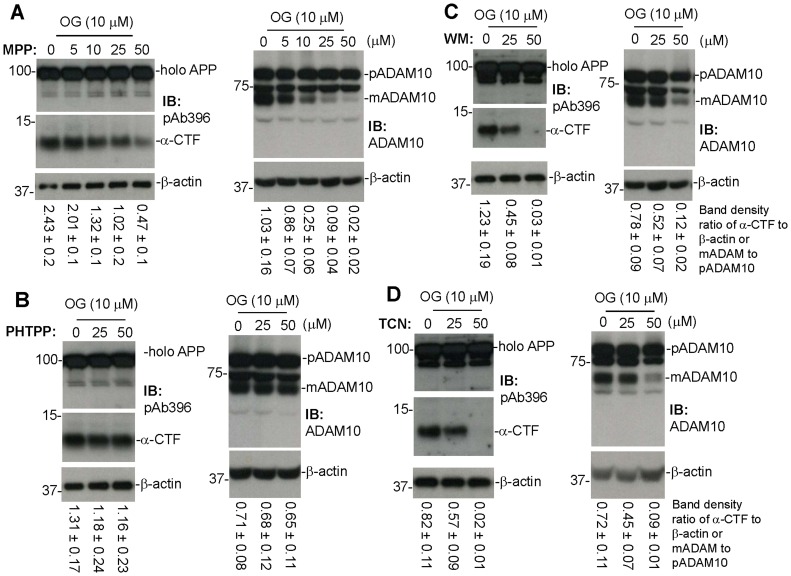Figure 3. Estrogen receptor (ER) may mediate OG-promoted α-secretase cleavage of APP.
Cultured N2a/APPwt cells were treated with OG at the most effective dose (10 µM) in presence of an ERα selective antagonist (MPP dihydrochloride) or an ERβ selective inhibitor (PHTPP) at various doses as indicated for 12 hours. Cell lysates were then prepared from these cells and subjected to IB analysis for APP processing into α-CTF (A and B, left) using an APP-carboxyl-terminal antibody (pAb396) and ADAM10 activation (A, B, right) using an anti-carboxyl-terminal ADAM10 antibody (ADAM10). Most notably, co-treatment of cultured N2a/APPwt cells with MPP (A), but not PHTPP (B), significantly suppresses OG’s promotion of ADAM10 activation and α-CTF cleavage. In addition, cultured N2a/APPwt cells were also treated with OG at 10 µM in presence of PI3K (wortmannin, WM) or Akt (TCN) inhibitor at various doses as indicated for 12 hours. Cell lysates were prepared from these treated cells and subjected to IB analysis for APP processing into α-CTF (C and D, left) and ADAM10 maturation (C and D, right). Both PI3K (WM) (C) and Akt (TCN) (D) inhibitors markedly reduced OG’s promotion of ADAM10 maturation and α-CTF cleavage. As shown below each IB panel, densitometry analysis shows the band density ratios (mean ± SD) of α-CTF to β-actin and mature ADAM10 (mADAM10) to pre-mature ADAM10 (pADAM10).

